LED grayscale can also be called LED brightness. Gray level, also known as half-tone, is mainly used to transmit pictures. There are 16 levels, 32 levels, and 64 levels respectively. It uses matrix processing to process the pixels of the file into 16, 32, and 64 levels. layers to make the transmitted picture clearer. Whether it is a single-color, two-color or three-color screen, to display images or animations, it is necessary to adjust the grayscale of each LED that constitutes a pixel. The fineness of the adjustment is what we usually call grayscale.
There are two ways to control the grayscale of the LED: one is to change the current flowing through it, and the other is pulse width modulation. 1. Change the current flowing through the LED. Generally, the continuous working current of the LED tube is about 20 mA. Except for the saturation phenomenon of the red LED, the grayscale of other LEDs is basically proportional to the current flowing;
Another method is to use the visual inertia of the human eye and use the pulse width modulation method to achieve grayscale control, that is, to periodically change the light pulse width (ie duty cycle), as long as the period of repeated lighting is short enough (ie refresh The frequency is high enough), the human eye cannot feel the shaking of the light-emitting pixels.
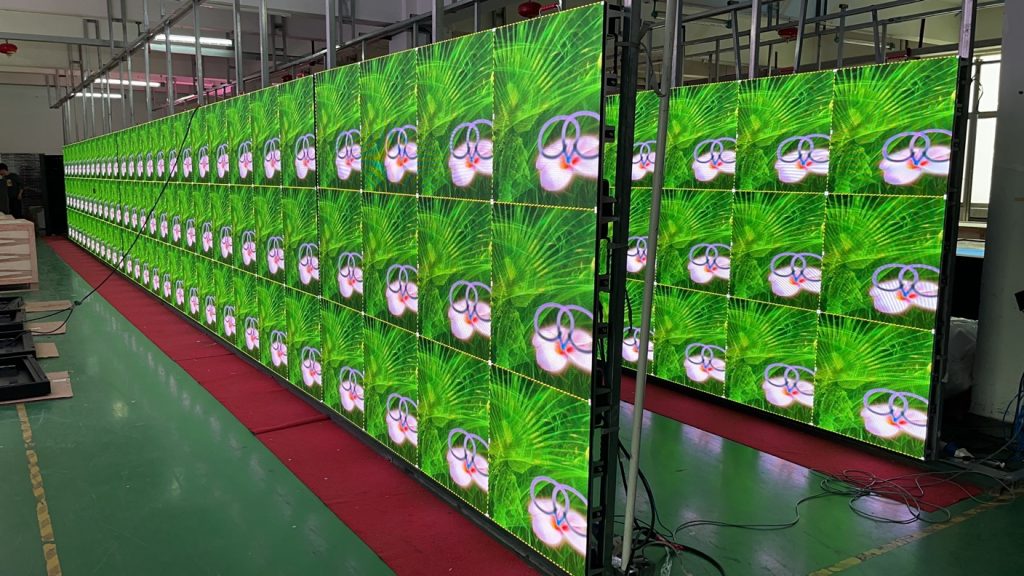
Because pulse width modulation is more suitable for digital control, almost all LED screens use pulse width modulation to control gray levels today when microcomputers are generally used to provide LED display content. The LED control system usually consists of three parts: the main control box, the scanning board and the display control device.
The main control box obtains the brightness data of each color of a screen pixel from the display card of the computer, and then redistributes it to several scanning boards. Each scanning board is responsible for controlling several rows (columns) on the LED display, and each row (column) ) on the LED display control signal is transmitted in a serial manner.
There are currently two ways to serially transmit display control signals:
1. One is to centrally control the grayscale of each pixel on the scanning board. The scanning board decomposes the grayscale value of each row of pixels from the control box (ie, pulse width modulation), and then converts the turn-on signal of each row of LEDs in the form of pulses. (Light is 1, no light is 0) It is serially transmitted to the corresponding LED by row to control whether it is lighted or not. This method uses fewer devices, but the amount of data transmitted serially is larger, because in a cycle of repeated lighting, each pixel needs 16 pulses under 16-level grayscale and 256-level grayscale. 256 pulses, due to the limitation of the operating frequency of the device, generally only the LED screen can achieve 16-level grayscale.
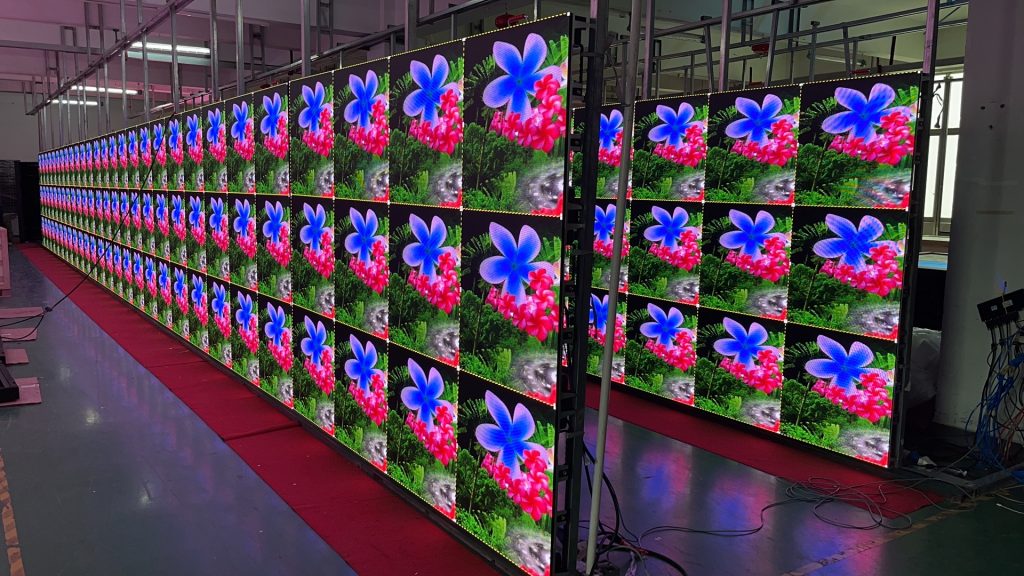
2. One is pulse width modulation. The content of the serial transmission of the scanning board is not the switching signal of each LED but an 8-bit binary gray value. Each LED has its own PWM to control the lighting time. In this way, in a cycle of repeated lighting, each pixel only needs 4 pulses under 16-level grayscale, and only 8 pulses under 256-level grayscale, which greatly reduces the serial transmission frequency. With this method of decentralized control of LED grayscale, 256-level grayscale control can be easily realized.
How to install outdoor LED display in stadium
The outdoor environment not only has high requirements on the quality of LED splicing screens, but also puts forward higher requirements on the installation of LED splicing screens. The installation methods will vary according to different outdoor places. Outdoor LED splicing screens are mainly divided into the following installation methods.
(1) Floor support type. The floor support installation method is suitable for the LED display without fixed location, such as installing the LED display on a fixed cement platform.
(2) Column type. When there are no walls or available support points around, the column type installation method can be used, but the column type installation method has higher requirements on the steel structure, and the outdoor LED display mostly adopts the column type installation method.
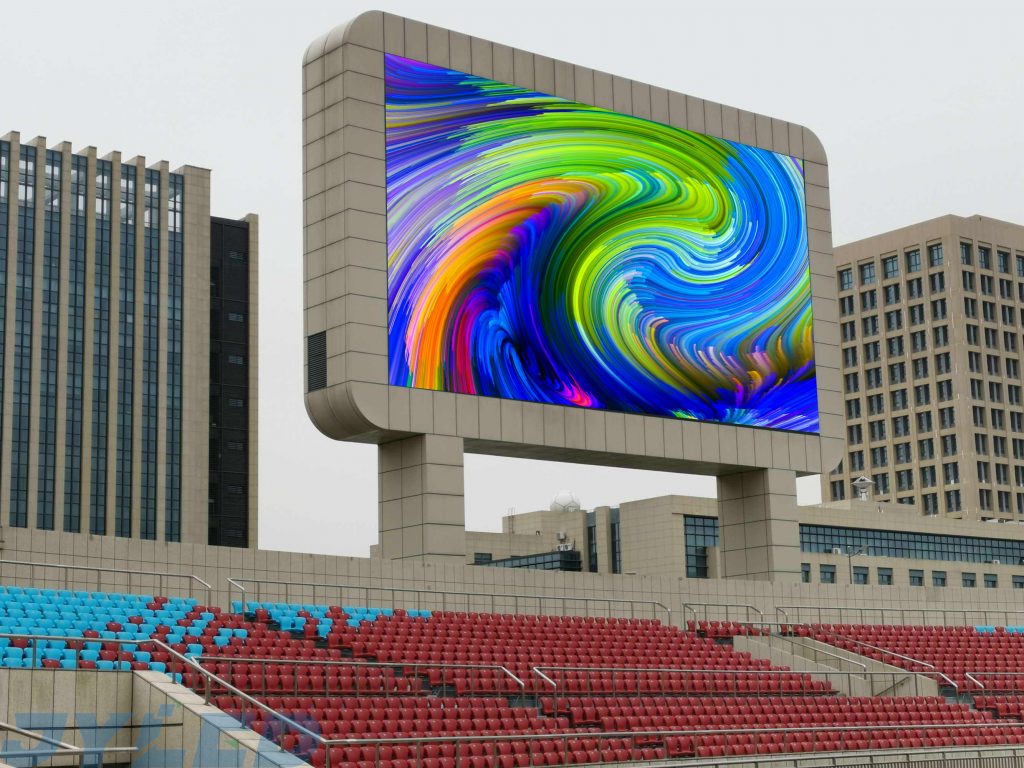
Most of the LED screens are installed in a column type. The column type installation method is divided into single column and double column.
The single-column installation method is suitable for LED displays with a small display area, and the double-column installation method is suitable for LED displays with a large display area. The closed maintenance channel is suitable for simple cabinets, and the open maintenance channel is suitable for standard cabinets.
(3) Roof type. The LED display screens installed in the city square are mostly installed on the roof, that is, the LED display screens are installed on the roofs of the buildings around the square.
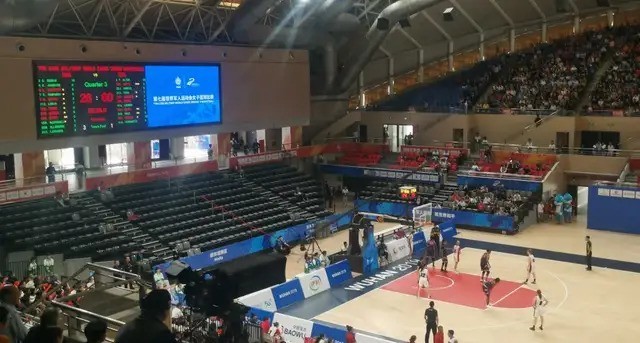
(4) Mosaic type. The mounting structure is to reserve mounting holes or openings on the wall, and insert the LED display into it. The size of the hole is required to be consistent with the size of the outer frame of the display screen, and appropriate decoration is required. In order to facilitate the maintenance of the hole on the wall, it must be It is through, otherwise it is necessary to use the LED display of the front maintenance box.
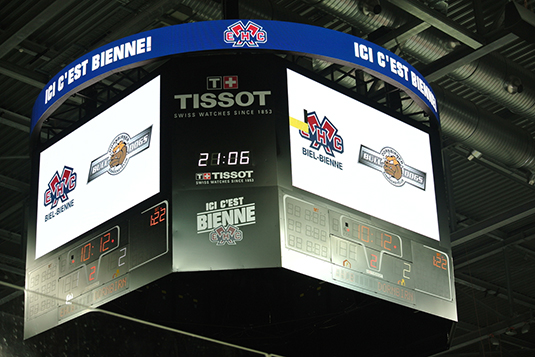
The built-in installation method is generally to install a steel structure on the wall, and then use the steel structure as the support to embed the outdoor LED display screen, mainly the installation place is the outer wall of the building.
The frame structure of the LED display screen of the above four installation methods is the same, but the force support points are different. The requirements of the LED display screen for the screen frame are as follows.
(1) At least 600mm of space is left behind the screen of the LED display screen as a maintenance channel, and there should be a layer of maintenance channels every 3 to 4 box heights to facilitate installation and maintenance.
(2) Ladders should be welded between the maintenance passages on the upper and lower floors.
(3) Each floor maintenance channel must be illuminated.
(4) Make sure that the square steel that fixes the box body and the contact surface of the box body are kept on the same level.
(5) When the box-type LED display is assembled, the boxes are positioned by positioning pins, and are tightened by connecting sheets and screws to ensure the flatness between the boxes.
(6) The installed LED display should be horizontal to the left and right, and it is not allowed to tilt forward or backward. For hoisting, it is necessary to install up and down adjustment rods. Before wall-mounted installation, a forward-tilt drop-off hook should be installed, and positioning support bolts should be added for floor-mounted installation.